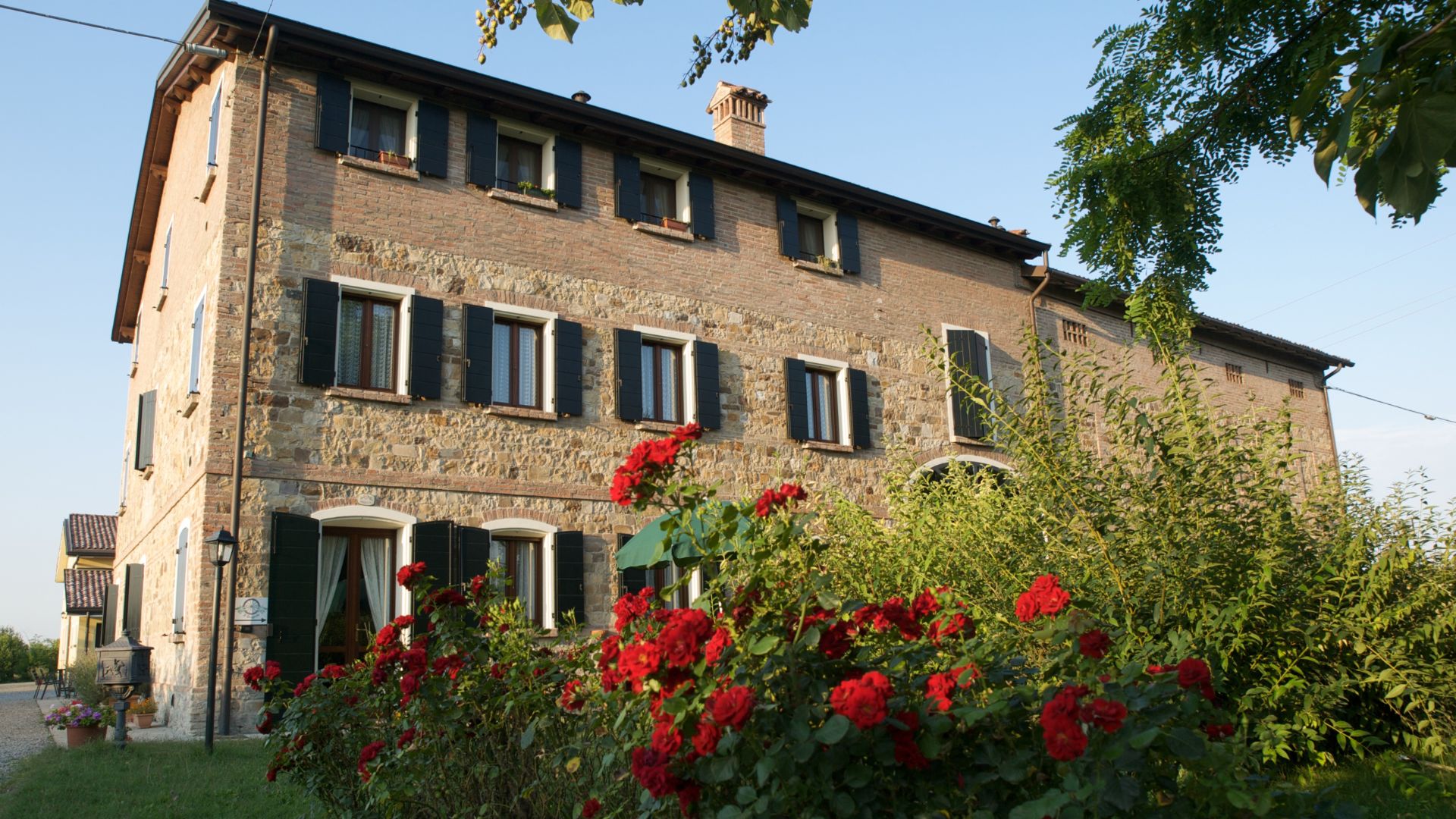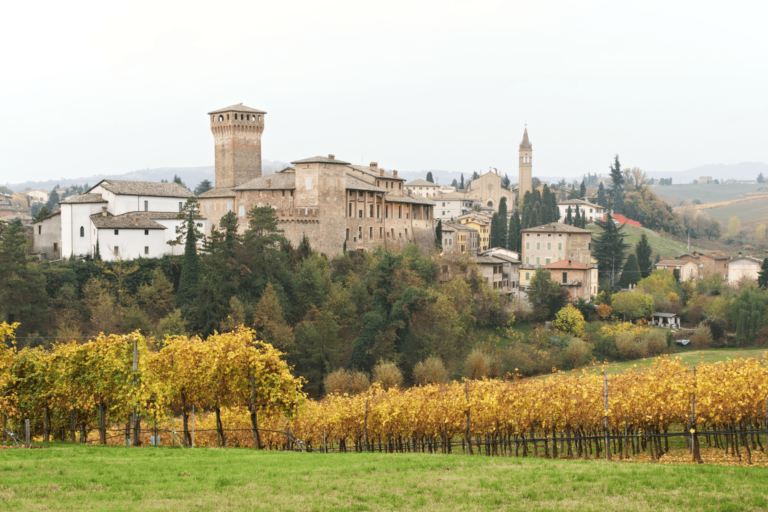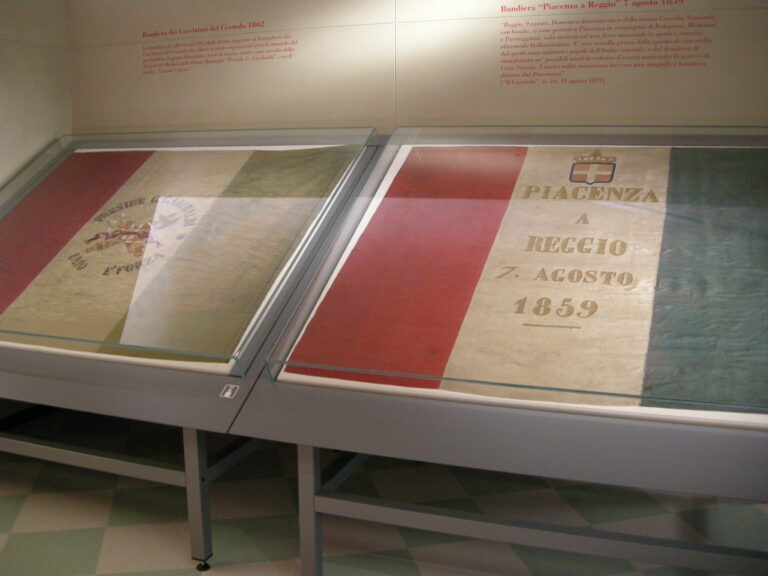Emilia between Reggio Emilia, Parma and Piacenza is a territory rich in stories to be experienced. An alternative starting point for discovering new points of view, from top to bottom, is to discover the wonderful domes in Emilia. These are real works of art of amazing beauty that brilliant artists have paid homage to with their brushes. The following itinerary leads to the discovery of these domes.
REGGIO EMILIA
Our itinerary to discover the domes in Emilia could only start from Reggio Emilia and precisely from the Temple of the Beata Vergine della Ghiara, a jewel that contains a treasure waiting to be discovered. Positioned along the ancient Corso della Ghiara, known today as Corso Garibaldi, the basilica was built thanks to the offerings of the faithful following a miracle that took place on April 29, 1596, when the young Marchino, deaf-mute since birth, miraculously obtained speech and hearing while he prayed in front of an image of the Madonna painted by Bertone.
Elegant and majestic, the dome which rises on a beautiful cornice was built by Reggio Emilia Francesco Pacchioni based on a project by Cosimo Paglioni and was wonderfully frescoed by Lionello Spada, a pupil of the Carraccis. Spada’s work is inspired by the writings of the Old Testament and reveals the great perspective qualities of the artist, especially in the creation of the angels. The characteristic of the basilica is the exceptional cycle of frescoes and altarpieces executed by the best artists of the seventeenth century in Emilia. Among the works present stands out the large Altarpiece executed between 1624 and 1625 by Giovan Francesco Barbieri, known as Guercino.
PARMA
In Parma, one of the most beautiful cities in Italy, you can admire the three domes by Antonio Allegri known as Correggio. The first, defined by Antonio Raffaello Mengs as “the most beautiful of all painted before and after him”, is the dome of the Cathedral, one of the artist’s most famous works. Frescoed between 1524 and 1530, the dome represents the Assumption of the Virgin with an innovative language for the time. The Virgin ascends towards Christ, who awaits her suspended in mid-air, surrounded by a crowd and enveloped in a vortex populated by clouds and light.
The second is the dome of the Basilica of San Giovanni Evangelista, which Correggio decorated with a marvelous cycle of frescoes between 1520 and 1524, inaugurating the illusionistic freedom typical of Baroque art. The work shows Christ surrounded by the eleven apostles, with the aged John at the base. The decoration betrays suggestions from Michelangelo’s frescoes in the Sistine Chapel and, even more clearly, a reflection on some works by Raphael. Also by the Emilian artist are the frescoes in the Camera della Badessa, or Camera di San Paolo, created around 1519. Due to the originality of the illusionistic invention and the refinement of the decorative motifs, the room represents one of the greatest masterpieces of the Italian Renaissance.
PLEASURE
The first stop on the itinerary in Piacenza is the Renaissance Basilica of Santa Maria di Campagna, built between 1522 and 1528 to a design by the Piacenza architect Alessio Tramello. The building houses a large number of valuable works of art, among which the frescoes in the dome made between 1530 and 1535 by Giovanni Antonio de’ Sacchis known as il Pordenone stand out. The work allows you to immerse yourself in the figures of the Old Testament. The cycle continues by Bernardino Gatti known as il Sojaro, from 1543, with the Apostles in the pilasters, with the stories of the Virgin in the drum and the four evangelists in the spandrels.
The next stop is the Cathedral of Piacenza, also known as the Cathedral of Santa Maria Assunta and Santa Giustina, one of the most important examples of Romanesque architecture. Built between 1122 and 1233 on the remains of the previous cathedral, the building has many beautiful decorations. Absolutely not to be missed is the climb towards the dome to admire the splendid frescoes painted between 1626 and 1627 by Giovan Francesco Barbieri, nicknamed the Guercino for his physical but not artistic squint.

AGRITURISMO IL BRUGNOLO
Welcome to il Brugnolo
If you’re looking for completely independent apartments surrounded by greenery you really are in the right place here!
In fact, Brugnolo is immersed in the green nature of the Emilian countryside. For your relaxation, for that of your children, and again for the runs of your 4-legged friends, you will have 6000 square meters of park at your disposal!






